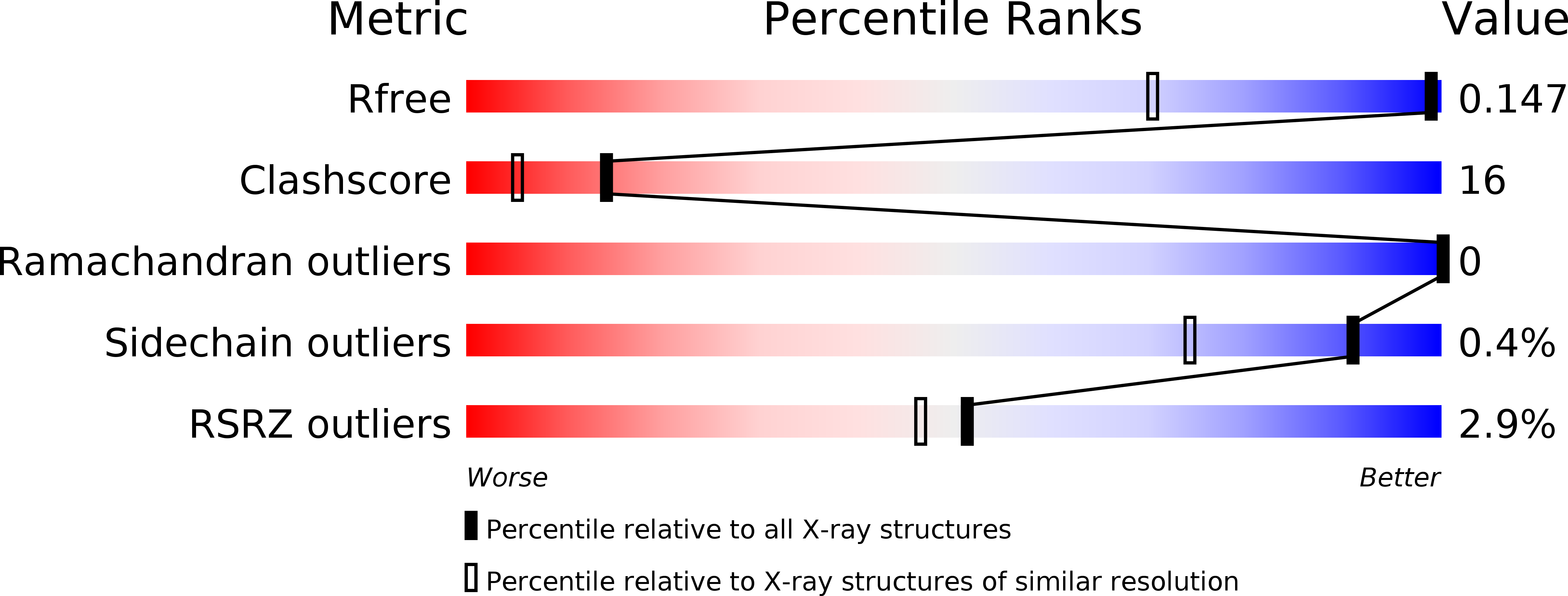
Deposition Date
2013-04-22
Release Date
2013-09-11
Last Version Date
2023-11-08
Entry Detail
PDB ID:
3WA2
Keywords:
Title:
High resolution crystal structure of copper amine oxidase from arthrobacter globiformis
Biological Source:
Source Organism:
Arthrobacter globiformis (Taxon ID: 1665)
Host Organism:
Method Details:
Experimental Method:
Resolution:
1.08 Å
R-Value Free:
0.15
R-Value Work:
0.13
R-Value Observed:
0.13
Space Group:
C 1 2 1


